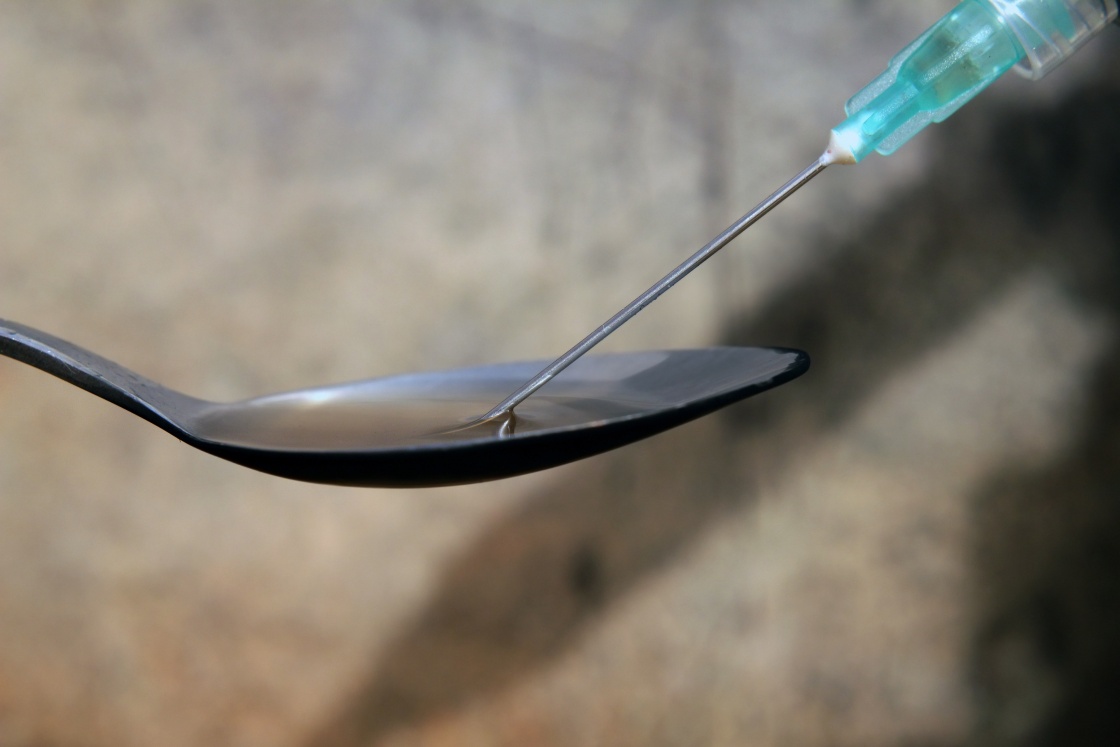
Drug Addiction: The Cost of a Second Chance
By Matt Gregory Published: February 16, 2017, 6:18 am Updated: February 16, 2017, 6:49 pm
HAMPTON ROADS, Va. (WAVY) — Approximately every 15 minutes, one person has died of a drug overdose in the United States. That’s why Virginia’s lieutenant governor declared a public health emergency to fight the opioid epidemic.
Experts say the biggest obstacle officials face is getting addicts the proper treatment. The barrier there is the cost of getting that second chance.
Last year, Jeremy Cooper was one of the more than 800 Virginians who died of a heroin overdose. 10 On Your Side met with his mother, Laurie Blair, in the fall of 2016. She was open to sharing his story. We asked her: What was his biggest hurdle to getting clean?
She said, “The cost.”
“I can’t believe it,” Blair said. “I can’t believe I’ve been without my boy that long.”
It’s a day she can’t forget. On March 23, 2016, Jeremy died of a heroin overdose inside an apartment.
A year later his mother, Laurie, keeps him alive with memories of happier times. Photos show a boy who loved sports.
“[Addicts] don’t think they need help and when it’s your kid, you want to do everything you can to help them,” Laurie said.
Next to the childhood memories is the portrait of a young man struggling with addiction.
“He had been drug free for the last three months and was going through rehab,” she explained.
Laurie watched her son try desperately to quit. But it’s not that easy.
“It’s so addictive,” she said with a sign. “It’s virtually impossible to get off heroin without medication to help you.”
Dr. David Spiegel of Eastern Virginia Medical School is an expert in the science behind breaking opioid addiction.
“You either have to have the money to afford it or, unfortunately, there are very bad consequences that can happen,” Dr. Spiegel said.
There are two widely used drugs for getting addicts off heroin: Methadone and Suboxone. Both can cost around $500 per month.
“Big barrier for all of these, if you do not fall into the right demographic, is money,” Dr. Spiegel explained.
Jeremy chose Methadone for treatment, but he made too much money to get on Medicaid.
“The treatment was $15 per day, with a urine sample of $15 per week,” Laurie said. “You’re talking $120 a week.”
Laurie said even with her help, Jeremy struggled to pay for treatment.
“You are dealing with a patient population that wants to feel better as soon as possible,” Dr. Spiegel explained.
There is a third way. In Richmond, Dr. Peter Coleman has a different technique. Instead of trading heroin for another drug, he implants patients with a pill of Naltrexone.
“What we’ve found is their cravings almost completely go away,” Dr. Coleman said.
The pill slowly releases and blocks the patients from getting high for two months. During that time, the addict can work on lifestyle change counseling. Again, there is a financial catch.
“Our treatment is around $6,000,” Dr. Coleman said. “But it lasts two months with the implants, so people are usually better off right off the bat. Once they are clean, they can stay clean inexpensively.”
By now, you can see the price to get over a drug addiction out of pocket costs thousands of dollars a year.
That cost of change is a barrier Lt. Governor Ralph Northam wants to see overcome.
Northam spearheaded the General Assembly’s opioid epidemic battle in Richmond. This year’s budget sets aside $5 million for addiction medication treatment, so people like Jeremy can get clean without worry about cost.
“Anybody can go in,” Northam explained. “It’s a system that if someone has insurance, they’ll file insurance, but if they don’t, they’ll receive treatment.”
It sounds like a good start, but some, like Dr. Spiegel, are still skeptical.
“It will be interesting to see how they use it, who they screen in to get it, and who do they screen not to get it,” Dr. Spiegel said.
Back on the home front of the war against opioids, pictures aren’t the only way to keep Jeremy’s memory alive. Laurie Blair will share his story until she sees change.
“If raising awareness and trying to get funding for treatment for people with addiction problems helps, if I save one life, his death wouldn’t have been in vain.”
The $5 million will be dispersed through Community Service Boards. As to what treatment patients can get, Lt. Governor Northam said patients could choose Suboxone or Methadone.
Source: http://wavy.com/2017/02/16/drug-addiction-the-cost-of-a-second-chance/
